'Planets & Comets'
The successful imaging of the diverse set of objects contained in our Solar System represented the biggest challenge to date for the pioneers of nineteenth century Astrophotography.
The earliest attempts by John Adams Whipple (1822-1891) carried out in 1851 and 1857, at photographing a planet, even one the size of Jupiter met with what can at best be described as limited failure. The images obtained of Jupiter were so small as to require a magnifying glass to discern its familiar zones and belts. Other attempts by Warren De La Rue (1815-1889) who captured both Jupiter and Saturn in 1857 and Andrew Ainslie Common (1841-1903) with Jupiter alone in 1879 met with similar failure due to the size of the images obtained, which were only a millimetre or less across.
Comet Donati
It was not until 1858 that the first success came in photographing a body contained within our Solar System and even then it was not a planet, but ironically a much more difficult target - a Comet. On the 27th of September 1858, William Usherwood (1821-1915), a ‘wedding and baby’ photographer from Walton-on-the-Hill, Surrey, England imaged Donati’s Comet - head, tail and all using his jobbing portrait camera. This was a day before a failed attempt was made by George Phillips Bond, using the ‘Great Refractor’ at the Harvard College Observatory.
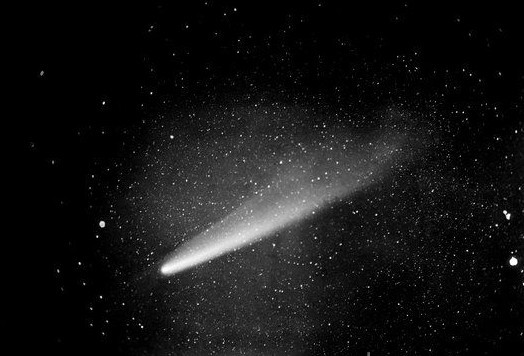
The 'Great Comet' of 1882, David Gill, Cape of Good Hope Observatory
The Henry Brothers
Only in 1885-1886 did astronomers succeed in obtaining a large scale image of a planet. This was achieved by the two brothers Pierre Paul Henry (1848-1905) and Mathieu Prosper Henry (1849-1904) when they used a 33 cm (13 inch) photographic refractor at the Paris Observatory to image both Jupiter and Saturn. Their success was due to the use of a refractor of large focal ratio f10.4 and an enlarging lens of magnification x11. This event took place a full five years after Henry Draper had obtained his iconic photograph of the ‘Great Nebula’ in Orion - an object whose light took not minutes to reach us as is the case with a planet, but over 1300 years.
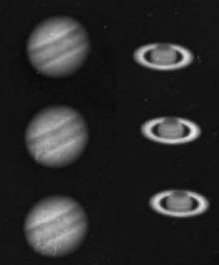
Jupiter and Saturn, Henry Brothers, 1885-1886
Brucia 323
The early years of Solar System Astrophotography were proving much more difficult than anyone could possibly have imagined. However further success came on the 22nd of December 1891 when the then German amateur, Maximilian Franz Joseph Cornelius Wolf (1863-1932), discovered asteroid No. 323 ‘Brucia’ from his observatory at Heidelberg. It was the first asteroid to be discovered photographically.
The 'Red' Planet
Not so successful were attempts by astronomers to photograph the Red planet, Mars. The story of these attempts represent without doubt the nadir or in more modern phraseology - the ‘pits’ of nineteenth Astrophotography. Not until the Martian images of Carl Otto Lampland and Earl Charles Slipher taken during the first decade of the twentieth century were the first detailed photographs obtained of the planet.
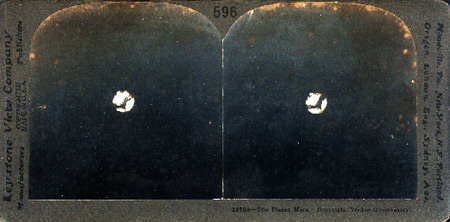
The 'Red' planet Mars, Yerkes Observatory, 1910
Meteor
In the November of 1885 that most transient of phenomena, the meteor or shooting star was seen for the first time as trail some 7mm long on a photographic plate taken by Ladislaus Weinek (1848-1913), the Director of the Klementium Observatory in Prague.
Aurora
The German Otto Rudolf Martin Brendel (1862-1939) during an expedition to Bossekop in northern Norway with Otto Baschin in the winter of 1891-1892 to study the Northern Lights imaged this most beautiful of all of nature’s splendours. His photographs obtained in the January and February represented the first ever successful images of an Aurora.
The 'Earth's Twin'
The cloud shrouded planet Venus proved elusive in showing anything other than a blank face when observed visually or by photography. Only in the March of 1921, did an amateur from Salt Lake City, Utah, named alfred Rordame (1862-1931) obtain a photograph using his 16-inch Mellish reflector, which showed for the very first time markings in its atmosphere.
The 'Green Flash'
The so called ‘Green Flash’ seen as the sun rises or sets, is however the most elusive of all nature’s phenomena. A person can look for it their whole lifetime and never see it. I have looked almost every day for over ten years and still not glimpsed even a speck of green. It took until the September of 1925 before the French astronomer, Lucien Rudaux (1874-1947) obtained the first photograph of it, albeit in black and white.
Earth
Ironically the last planet to be photographed was our own world - the Earth; when a camera aboard a captured ‘German’ V2 Rocket; obtained on the 24th October 1946, the first ever photograph of our planet from Space.
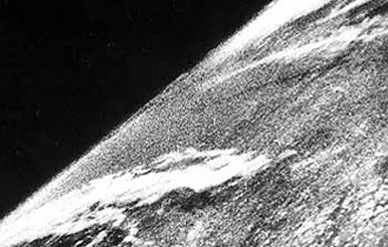
The Earth from Space, 1946
Space Probes
The arrival of the age of the space probe in the 1960s marked the beginning of a new phase in Solar System Astrophotography. In 1964, the Mariner 4 spacecraft returned the first pictures of the Martian surface. They showed a cratered, seemingly dead world which largely changed the opinion of the scientific community on whether life existed on Mars, from a ‘maybe’ to a ‘probably not’ vote. Over the course of the decades which followed space probes went to fiery furnace world of the innermost planet, Mercury; landed on inhospitable toxic surface of Venus, roved around the red planet and travelled to the great gas giants of Jupiter and Saturn, then onto the ice giants that are Uranus and Neptune.
Dwarf Planet
A probe is even on its way now as I write these words to the now demoted ninth planet - Pluto and is due to arrive at the dwarf planet in the July of 2015. The images returned to Earth by these probes (and not forgetting the Hubble Space Telescope) represent the finest and most detailed ever captured of the planets, asteroids, comets and natural satellites that make up our Solar System.
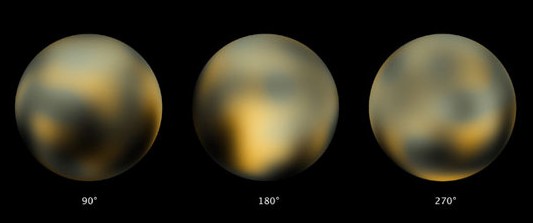
Dwarf Planet Pluto, Hubble Space Telescope
Quote
“The Planets - Very little useful work is possible with amateur equipment, and under the best circumstances the results will be far inferior to these obtained by visual observation even with a very small telescope...Unless a long focal length is available, the image of a planet is so very small and faint, that when sufficiently enlarged, the grain of the plate is so pronounced as to blot out all detail.”
Henry Hayden Waters (1880-1939), from Astronomical Photography for Amateurs, 1921.
To read more on this subject read the eBook chapter on Solar System Astrophotography or buy the eBook 'Catchers of the Light'.
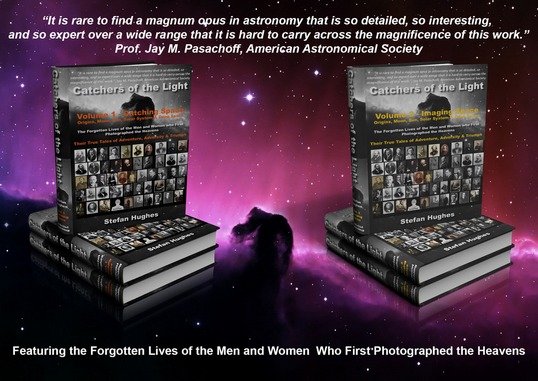
Buy the eBook or Printed Book at the 'Catchers of the Light' shop.